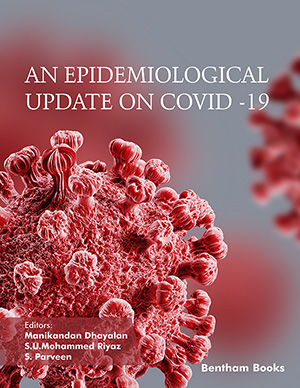Abstract
SHS investigation development is considered from the geographical and historical viewpoint. 3 stages are described. Within Stage 1 the work was carried out in the Department of the Institute of Chemical Physics in Chernogolovka where the scientific discovery had been made. At Stage 2 the interest to SHS arose in different cities and towns of the former USSR. Within Stage 3 SHS entered the international scene. Now SHS processes and products are being studied in more than 50 countries.
Abstract
The lungs' air sacs are filled with fluid, leading to a life-threatening lung
injury known as acute respiratory distress syndrome (ARDS). The tiny blood vessels of
the lungs are damaged in this condition. The amount of oxygen in the bloodstream
decreases, giving rise to carbon dioxide in blood circulation. This makes breathing
extremely difficult, ultimately leading to organ failure. Usually, the organs damaged
due to this condition are the kidneys or brain. The variations in the severity of ARDS
are dependent on different signs and symptoms. Most of the time, ARDS is represented
by shortness of breath, dry hacking cough, fever, headaches, and fast pulse rate.
Labored and unusually rapid breathing, Low blood pressure, mental confusion, and
extreme tiredness could also be other signs. ARDS can also be associated with old age,
chronic lung disease, a history of alcohol misuse, or smoking
Keywords:
We recommend

Authors:Bentham Science Books






